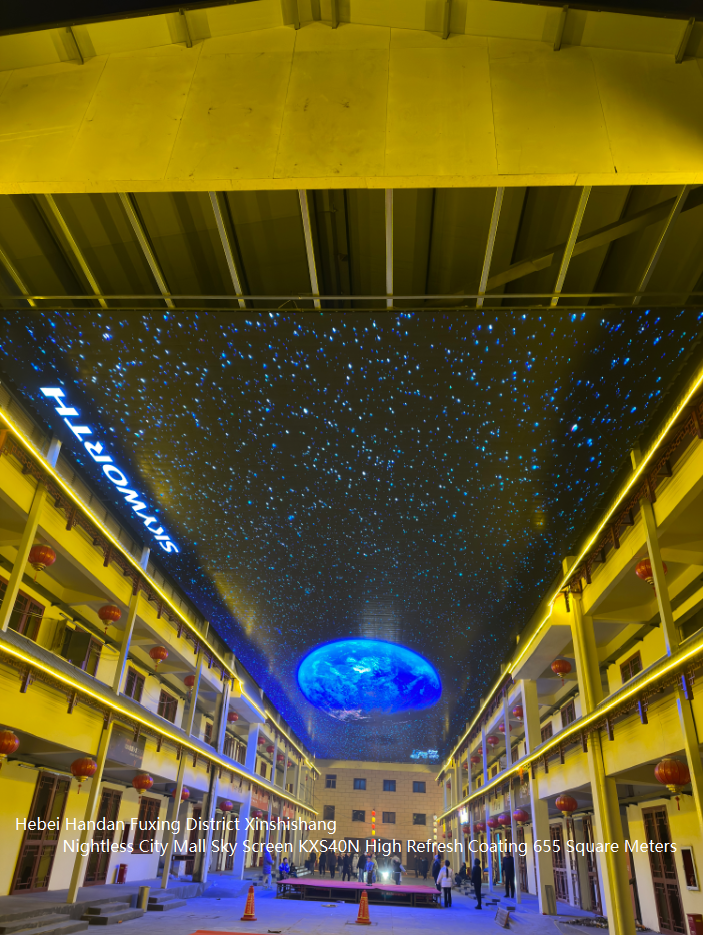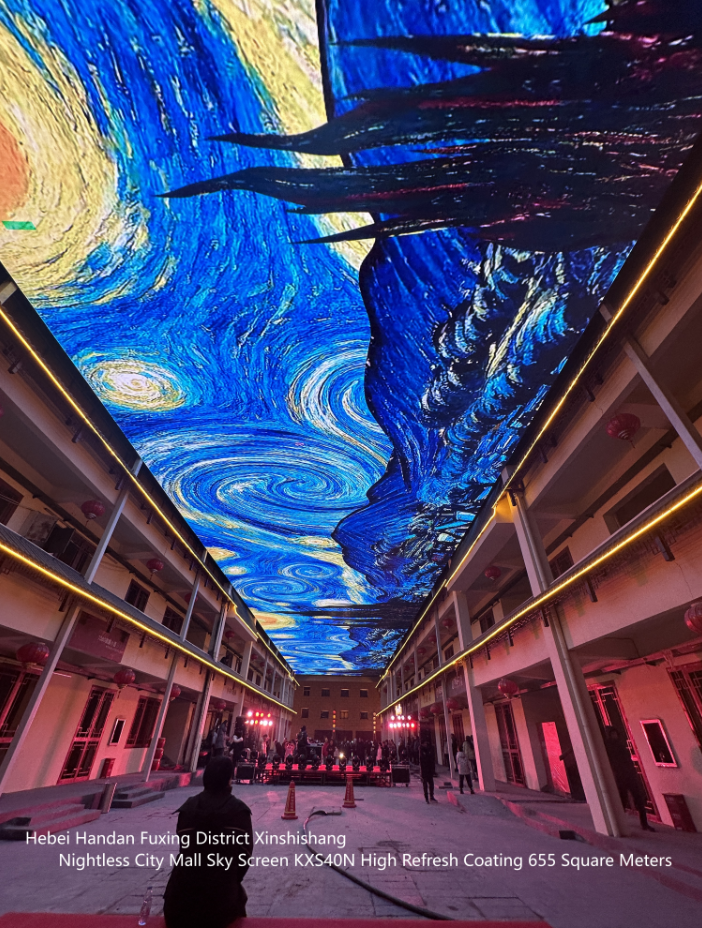LED screens are now a fundamental part of communication, advertising, and entertainment. They can be found in shopping centers, stadiums, transportation hubs, and public events. Like all technology, there are differences in design. The two most common divisions are Indoor LED screens and outdoor LED screens and both have distinct features and uses.

Brightness and Visibility
The most important difference between indoor and outdoor LED screens is brightness. Visibility of outdoor screens is always a concern, which is why outdoor screens are made to be extremely bright. Indoor screens, on the other hand, need to be viewed in a controlled lighting environment,so their brightness can be toned down. Too bright of a screen can damage the viewing experience.
Weather Resistance and Durability
Outdoor screens must be able to endure harsh weather conditions like rain, dust, wind, and extreme temperatures. As such, they are commonly waterproof and dustproof, which ensures dependable functionality in all types of conditions. Indoor LED screens are not exposed to such harsh conditions, therefore they do not need the same amount of protection.
Pixel Pitch in Relation To Image Quality
Pixel pitch is the space between the light-emitting diodes on the screen. In the case of indoor LED displays, the pixel pitch is usually smaller, making it possible to view the screen from a close range. Outdoor screens, on the other hand, have a higher pixel pitch as compared to indoor screens, making them suitable for viewing from a distance. This is the reason why outdoor screens are more desirable for large scale public advertisements and displays.

Installation and Maintenance of an LED Screen
There is a difference in both indoor and outdoor LED screens in terms of the installation procedure. Outdoor screens have a higher pixel pitch and thus need more robust mounting frames and secured wiring to protect them from weather-related damage. Overall, outdoor screens are simpler to maintain, as modular outdoor designs are easier to repair. Indoor installation is more complex and more focused on blending into the space.
Use in Other Industries
Corporate meetings, advertisement in shopping malls, concerts, and exhibitions are some of the uses for indoor LED screens. They are also commonplace in sports arenas, roadside advertisements, outdoor events, and transport hubs. Businesses usually rely on their target audience, the location, and the visibility of the screen to determine the type of screen to use.

Choosing the Right Screen for Your Needs
Viewing distance, the environment, budget, and purpose all play a part in determining whether to choose indoor or outdoor LED screens. Outdoor screens are best for large scale visibility and wether exposure, while indoor screens are better for close distance, high definition experiences.